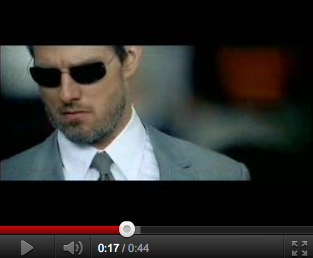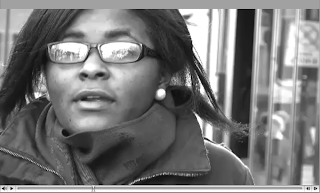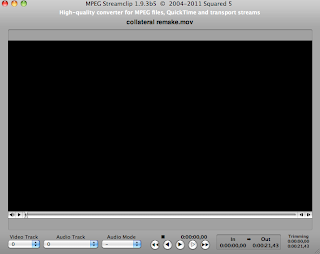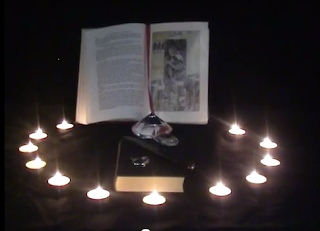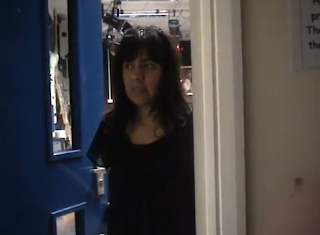This is our Shot by Shot Remake of 'Collateral':
Our version is a bit different from the original. We added music instead of diegetic sounds, the music helps to create a suspenseful atmosphere. Another way that helped to create a suspenseful atmosphere was that we added slow motion in more shots than the original make. Our remake is black and white to pronounce the lack of emotion portrayed through the characters. The use of black and white also connote a sense of foreboding. We added a fade in in the beginning to start off more dramatically, and also a fade in before the very last shot reinforcing the foreboding atmosphere.Comparison of the original make and our shot by shot remake:
We used the same type of shots that were used in Collateral. This is a close-up which turned out very similarly to Collateral's shot. However, the facial expression isn't exactly the same.
The framing of this shot didn't turn out quite accurate. This was a very difficult shot to make because Rachel and Angel didn't meet in the middle of the framing as they were supposed to.
This is a mid shot of the bags on the floor that is very similar to the original shot but with a slight difference in the angle of the camera.
We end our remake with the same shot that the original ends, an extreme close up of the side frame of the main character with a blurred background - achieved through manual focus.
